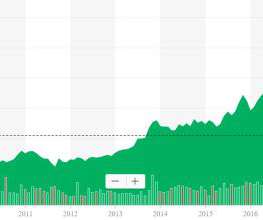Rebirth Of Malls: Anchor Stores To Become Destinations For Experiences
PYMNTS
FEBRUARY 9, 2018
As California-based Piedmont Avenue Consulting’s David Mitroff told the Post , regional malls can compete by featuring “barber shops, gyms, local stores and other things you can’t just buy on Amazon. The Millennials. As a result, millennial children might inherit less wealth and face healthcare expenses for their parents.














Let's personalize your content